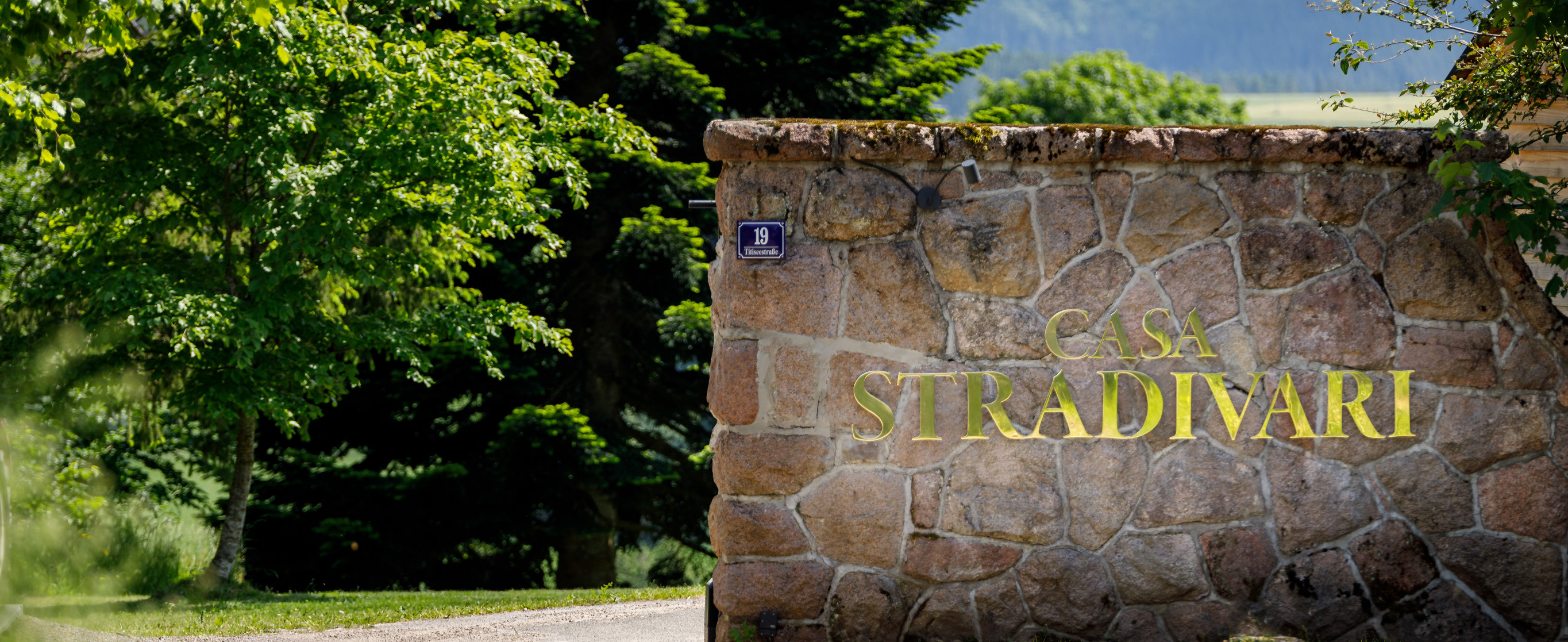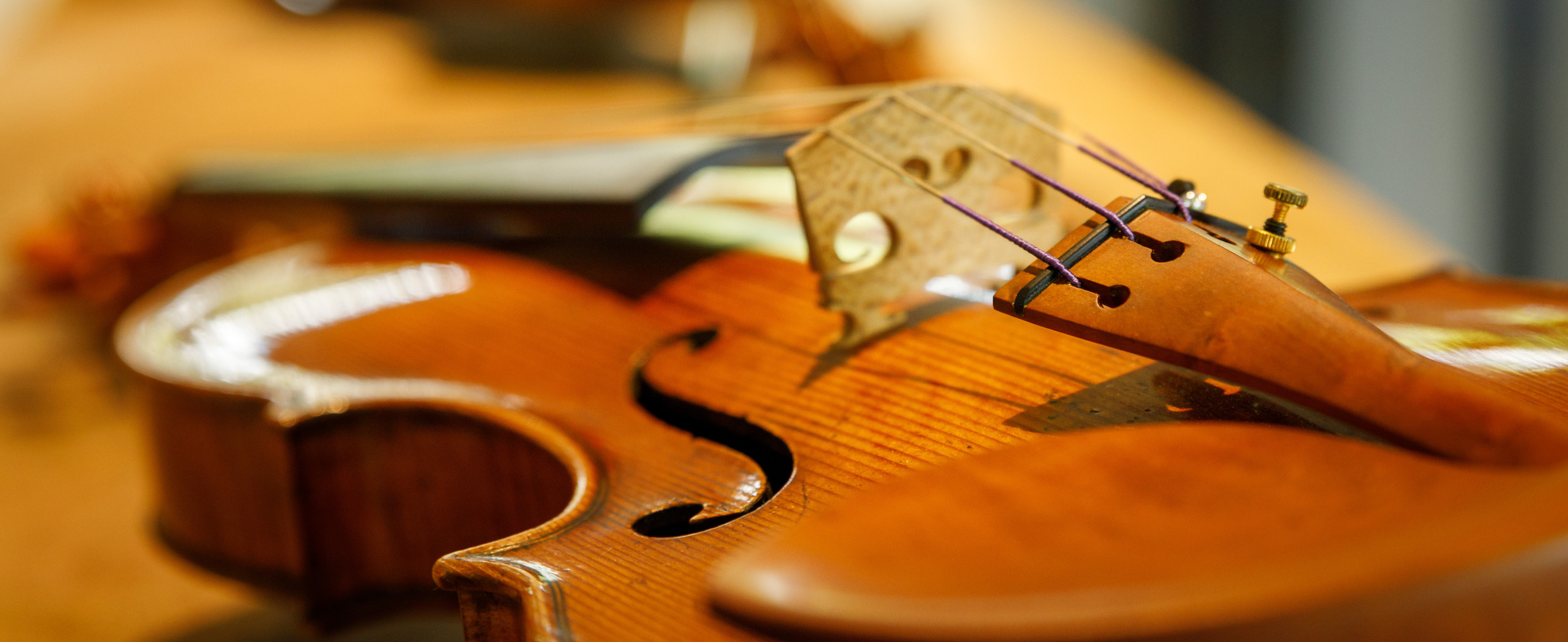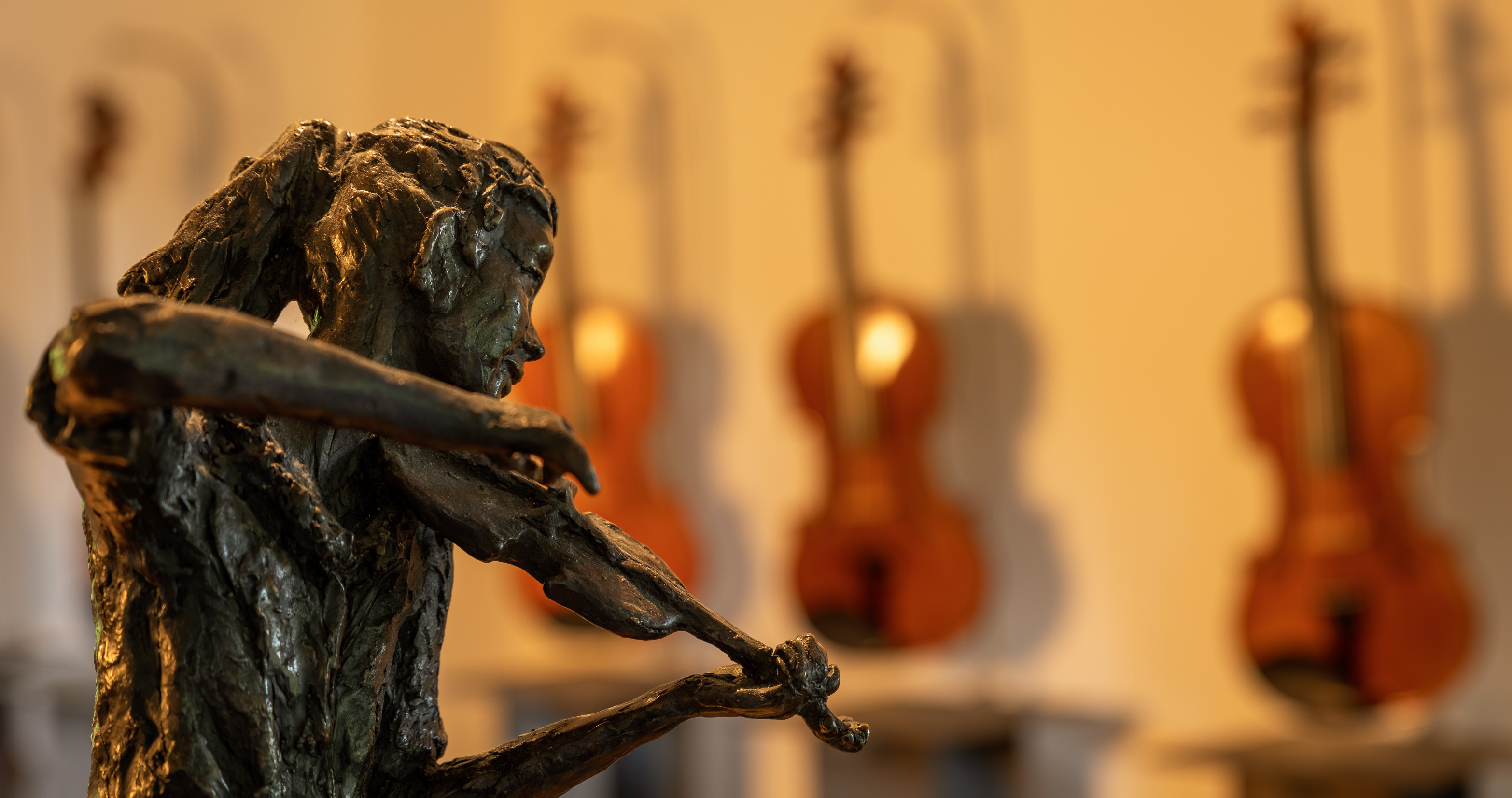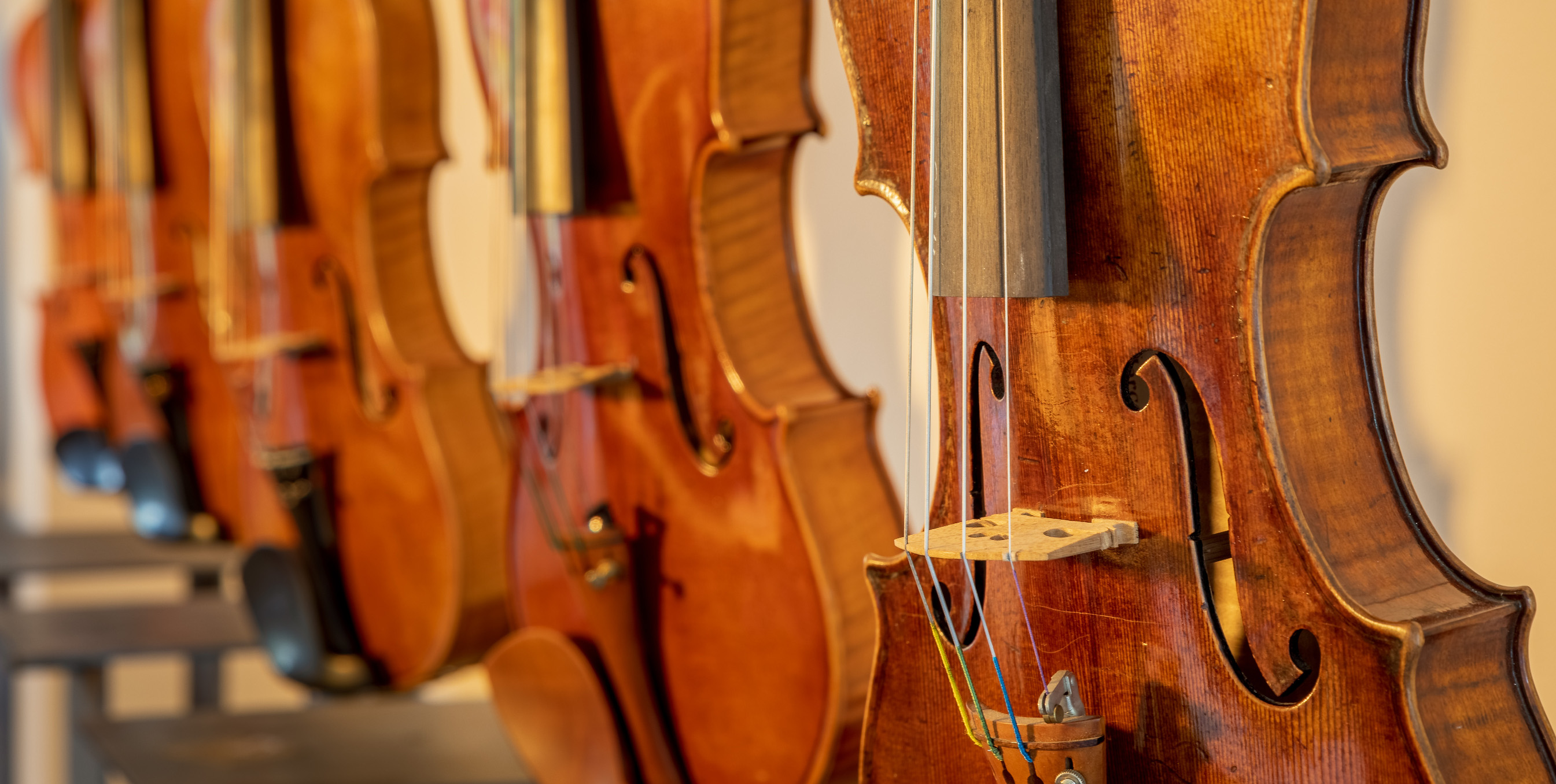Antonio Stradivari 1692 VL Oliveira
This violin belongs to the so-called ‘Long Patterns’ period, and it has a body length of 362 mm, which is roughly 7 mm longer than the typical Stradivari model. The Cremonese master developed this longer type of instruments around 1690, but abandoned it right before the end of the century, reverting to a violin of smaller size. According to the Hill Brothers, Stradivari experimented with the ‘Long Patterns’ following the influence of the luthiers in Brescia, particularly that of Gasparo Bertolotti (1540–1609)—better known as Gasparo da Salò—and Giovanni Paolo Maggini (c.1580–c.1630). But in the opinion of the London dealers, Stradivari succeeded in manufacturing better instruments than his Brescian competitors because he paid particular attention to proportions and symmetry: ‘the outline, dimensions, and general construction of the long-pattern violin admirably demonstrate Stradivari’s power of originality; and that he should have succeeded in adding 5/16ths of an inch to the total length, while retaining the relative harmony of top, bottom, and middle curves, is an additional proof of his keen sense of symmetry; […] every part of the outline is in proportion to the increase of length.’ But this new style has not always been appreciated by the experts, François-Joseph Fétis for instance, considered it only the result of a bizarre request of some patrons, although he had to admit that the tonal qualities of these instruments were unaltered compared to the earlier types: ‘At the same period when Stradivarius had acquired the perfection which is here related, and when he worked with certainty as to the results, he has sometimes departed from his established type, in order to satisfy the fancies of artists or amateurs. Thus it happens that he has made violins of a more elongated pattern, whose appearance has less grace, although the same care has presided over their manufacture: indeed, every part of them is proportioned to this modification of their form, in order to maintain the equilibrium in the vibrations. In these, as in the other instruments which left the artist’s hands at this period of his life, the tone possesses that noble energy, that brilliance and distinctive character which have everywhere established the great renown of Stradivarius.’ The violin bears an original label that reads ‘Antonius Stradivarius Cremonensis Faciebat Anno 1692’ and it is named after the renowned virtuoso Elmar Oliveira. To this day, Mr. E. Oliveira is the only American violinist ever to have won the Tchaikovsky Competition in Moscow, a victory he achieved in 1978 playing the 1708 ‘Empress Caterina of Russia’.
Further Details
Antonio Stradivari Set 1, Volume 1, Page 232










